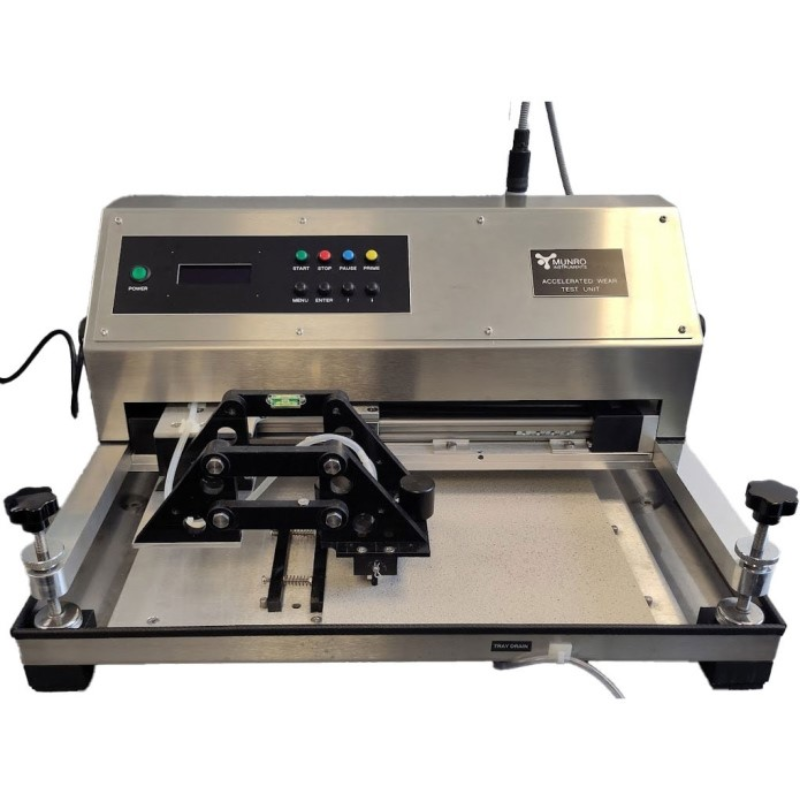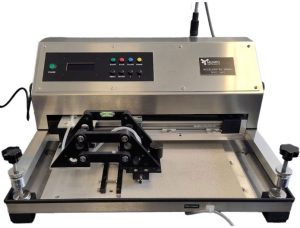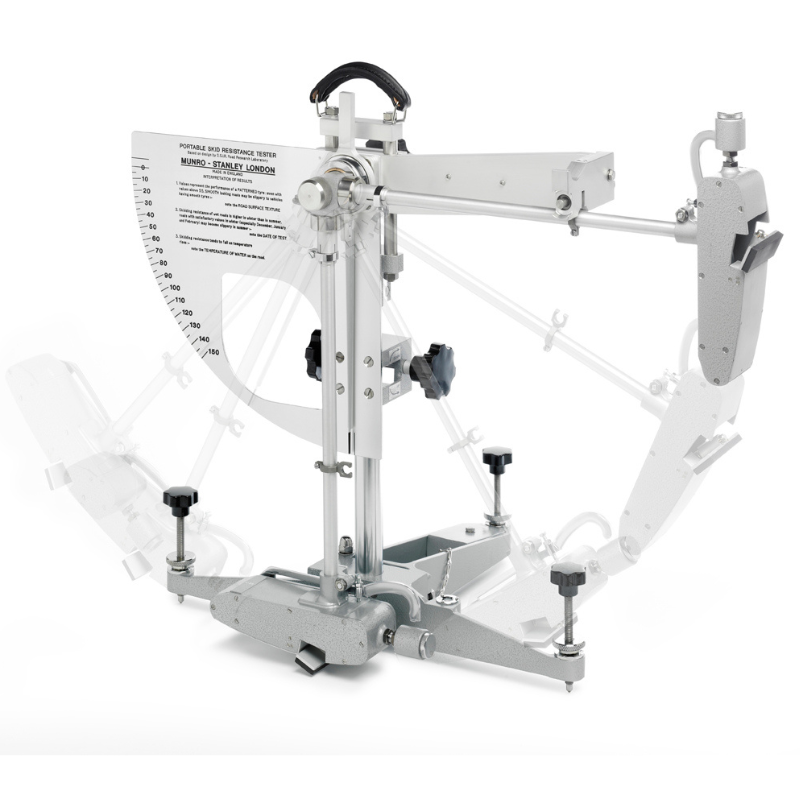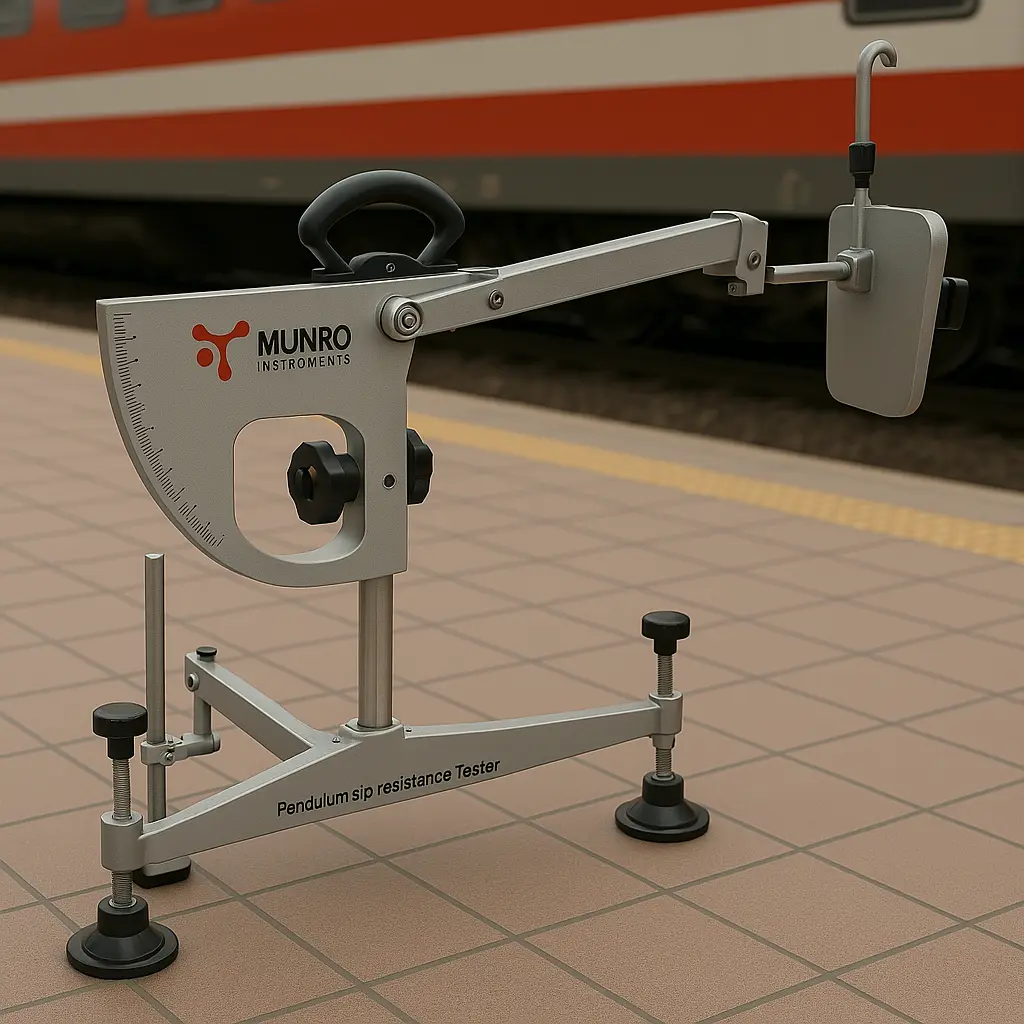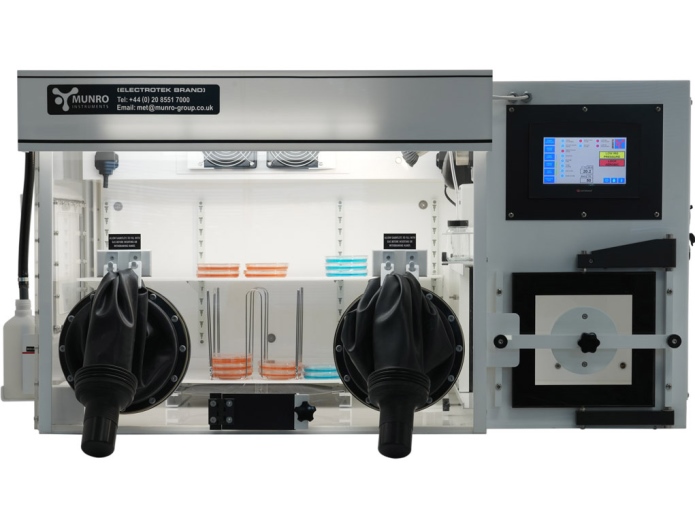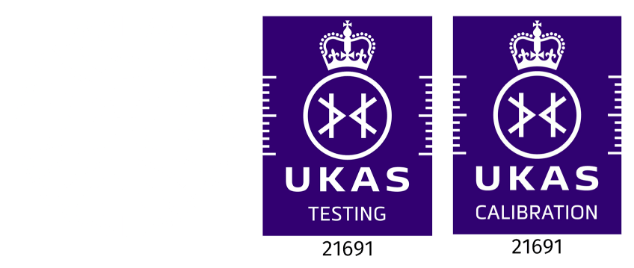When it comes to choosing flooring materials, wear resistance is a crucial factor to consider. The durability of a floor determines how well it can withstand daily use, foot traffic, and other forms of abrasion over time. To help consumers make informed decisions, flooring products often come with wear resistance ratings. Let’s delve into what these ratings entail and how they can guide your flooring choices.
What are Wear Resistance Ratings?
Floor Wear resistance ratings, often indicated by various industry standards, provide consumers with valuable information about a flooring material’s ability to withstand wear and tear. These ratings are typically based on standardized testing methods that simulate real-world conditions to assess the durability of the flooring.
Factors Influencing Wear Resistance:
- Material Composition: Different flooring materials, such as laminate, hardwood, vinyl, and tile, have varying levels of wear resistance based on their composition and construction.
- Finish and Coating: Surface treatments like coatings, sealants, and finishes can enhance a floor’s wear resistance by providing an additional layer of protection against scratches, stains, and abrasion.
- Usage Environment: Consider the level of foot traffic, the presence of pets, and the likelihood of spills or stains in the area where the flooring will be installed. High-traffic areas require more durable flooring with higher wear resistance ratings.

